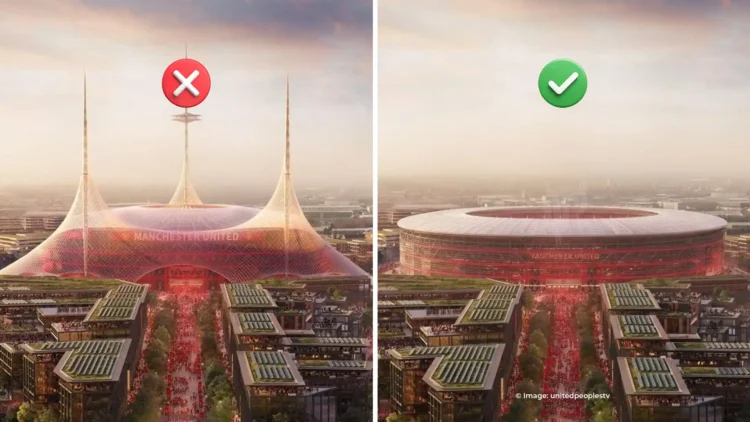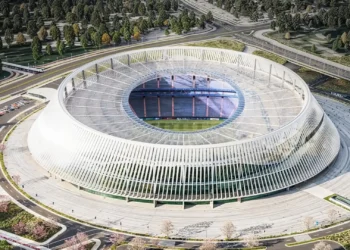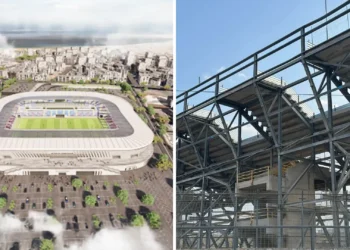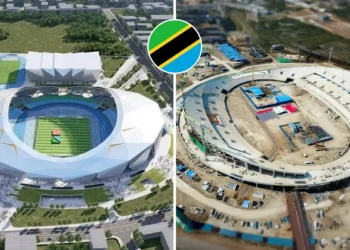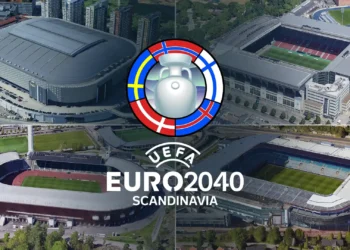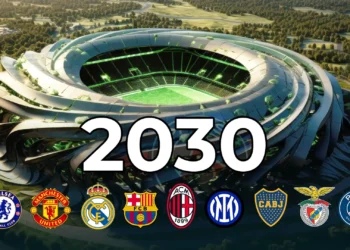Manchester United’s ambitious project for a brand-new 100,000-seater Old Trafford has taken a dramatic turn. The club has reportedly scrapped the controversial canopy design that was unveiled in the first concept images earlier this year.
The Canopy Controversy
Back in March, United revealed futuristic renders of a stadium covered by a giant umbrella-like structure, supported by three massive masts. The idea was to create a modern, sustainable landmark visible from miles away — even from Liverpool on a clear day.
But while the design grabbed headlines, it also sparked backlash among fans. Many supporters criticized the concept, likening it to a “circus tent,” while others raised concerns about the costs. Just the canopy itself was estimated to require an additional £300–400 million, raising questions over financial feasibility.
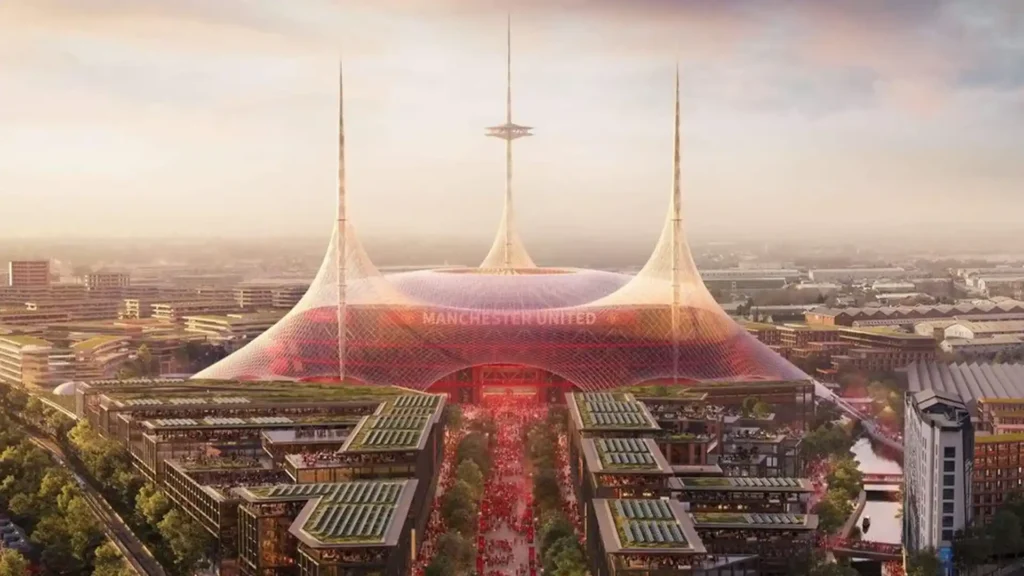
Ratcliffe’s Vision
Sir Jim Ratcliffe, who is leading the project, made his ambitions clear from the beginning:
“The brief to Norman Foster was to build the world’s most iconic football stadium. When anybody in the world sees that stadium, they’ll know it’s Manchester United.”
Ratcliffe even compared the vision to global landmarks like the Eiffel Tower, insisting that the new stadium should become a must-visit destination for fans across the world.
Why the Plan Changed
According to The Athletic, the “giant umbrella” has now been dropped due to space constraints around the Old Trafford site. The land negotiations with Freightliner, which owns a large freight terminal to the west of the stadium, have also complicated matters. The company is reportedly holding out for around £400 million ($535m) to sell or relocate.
By removing the canopy, United would need less land for the stadium footprint, potentially allowing construction to progress faster.
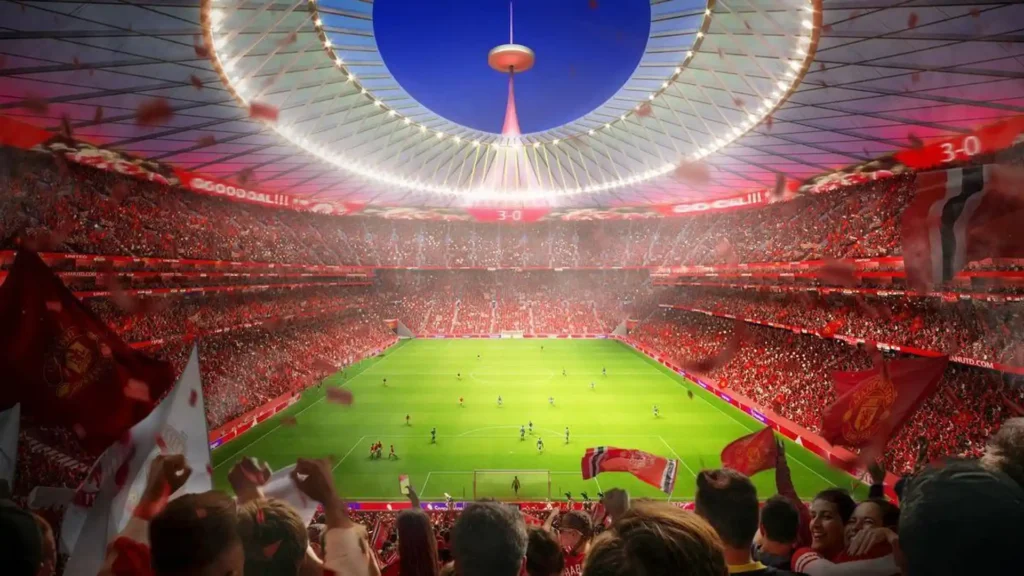
What’s Next for Old Trafford?
Sources claim the revised plans are now more aligned with traditional stadium aesthetics, though Norman Foster’s original concept remains “on the table.” The club is still in discussions about the final location, land configurations, and government funding support.
Despite the setback, Ratcliffe insists that this project will remain one of national importance, promising a modern home worthy of Manchester United’s history and global reputation.
Read Also:

